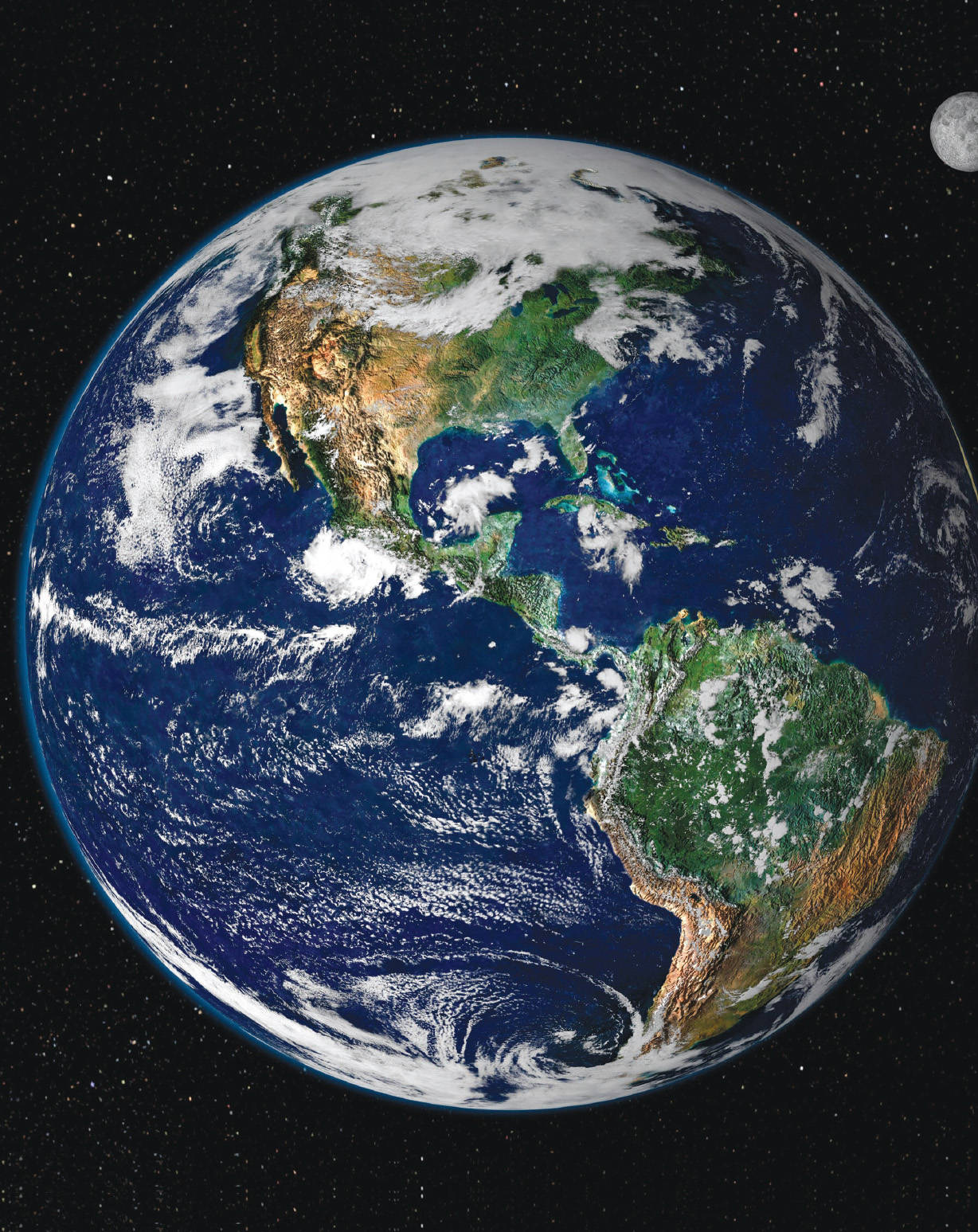Introduction
CHAPTER TWENTY THREE
Capitalism and Culture
A New Phase of Global Interaction
Since 1945

“I think every Barbie doll is more harmful than an American missile,” declared Iranian toy seller Masoumeh Rahimi in 2002. To Rahimi, Barbie’s revealing clothing, her shapely appearance, and her close association with Ken, her longtime unmarried companion, were “foreign to Iran’s culture.” Thus Rahimi warmly welcomed the arrival of Sara and Dara, two Iranian Muslim dolls meant to counteract the negative influence of Barbie and Ken, who had long dominated Iran’s toy market. Sara and her brother, Dara, represented eight-year-old twins. Sara came complete with a headscarf to cover her hair in modest Muslim fashion and a full-length white chador enveloping her from head to toe. They were described as helping each other solve problems, while looking to their loving parents for guidance, hardly the message that Barbie and Ken conveyed.1
The widespread availability of Barbie in Muslim Iran provides one small example of the power of global commerce in the world of the early twenty-first century. The creation of Sara and Dara illustrates resistance to the cultural values associated with this American product. Still, Sara and Barbie had something in common: both were manufactured in China. This triangular relationship of the United States, Iran, and China neatly symbolized the growing integration of world economies and cultures as well as the divergences and conflicts that this process generated. Those linked but contrasting patterns are the twin themes of this final chapter.
DURING THE TWENTIETH CENTURY, AN INCREASINGLY DENSE WEB OF POLITICAL RELATIONSHIPS, economic transactions, and cultural influences cut across the world’s many peoples, countries, and regions, binding them together more tightly, but also more contentiously. By the 1990s, this process of accelerating engagement among distant peoples was widely known as globalization.
Although the term was relatively new, the process was not. From the viewpoint of world history, the genealogy of globalization reached far into the past. The Arab, Mongol, Russian, Chinese, and Ottoman empires; the Silk Road, Indian Ocean, and trans-Saharan trade routes; the spread of Buddhism, Christianity, and especially Islam—all of these connections had long linked the societies of the Eastern Hemisphere, bringing new rulers, religions, products, diseases, and technologies to many of its peoples. Later, in the centuries after 1500, European maritime voyages and colonizing efforts launched the Columbian exchange, incorporating the Western Hemisphere and inner Africa firmly and permanently into a genuinely global network of communication, exchange, and often exploitation. During the nineteenth century, as the Industrial Revolution took hold and Western nations began a new round of empire building in Asia and Africa, that global network tightened further, and its role as generator of social and cultural change only increased.
SEEKING THE MAIN POINT
To what extent has globalization fostered converging values and common interests among the world’s peoples? In what ways has it generated new conflicts among them?
These were the foundations on which twentieth-century globalization was built. A number of prominent developments of the past century, explored in the previous three chapters, operated on a global scale: the world wars, the Great Depression, communism, the cold war, the end of empire, and the growing prominence of developing countries. But global interaction quickened its pace and deepened its impact after World War II, an acceleration illustrated by four major processes: the transformation of the world economy, the emergence of global feminism, the confrontation of world religions with modernity, and the growing awareness of humankind’s enormous impact on the environment.
A Map of Time
| 1919–1946 | League of Nations |
| 1945 | United Nations, World Bank, and International Monetary Fund established |
| 1960 | Organization of Petroleum Exporting Countries founded |
| 1962 | Rachel Carson publishes Silent Spring |
| 1963 | Betty Friedan publishes Feminine Mystique |
| 1970 | Greenpeace established |
| 1979 | Convention on the Elimination of All Forms of Discrimination against Women adopted by UN |
| 1979 | Iranian revolution |
| 1982 | Law of the Sea Convention introduced |
| 1994 | NAFTA enacted |
| 1995 | World Trade Organization created |
| 1997 | Kyoto Protocol on global warming introduced |
| 2001 | Sept. 11 attacks on World Trade Center and Pentagon |
| 2008 | Global economic crisis begins |
| 2011 | Osama bin Laden killed |